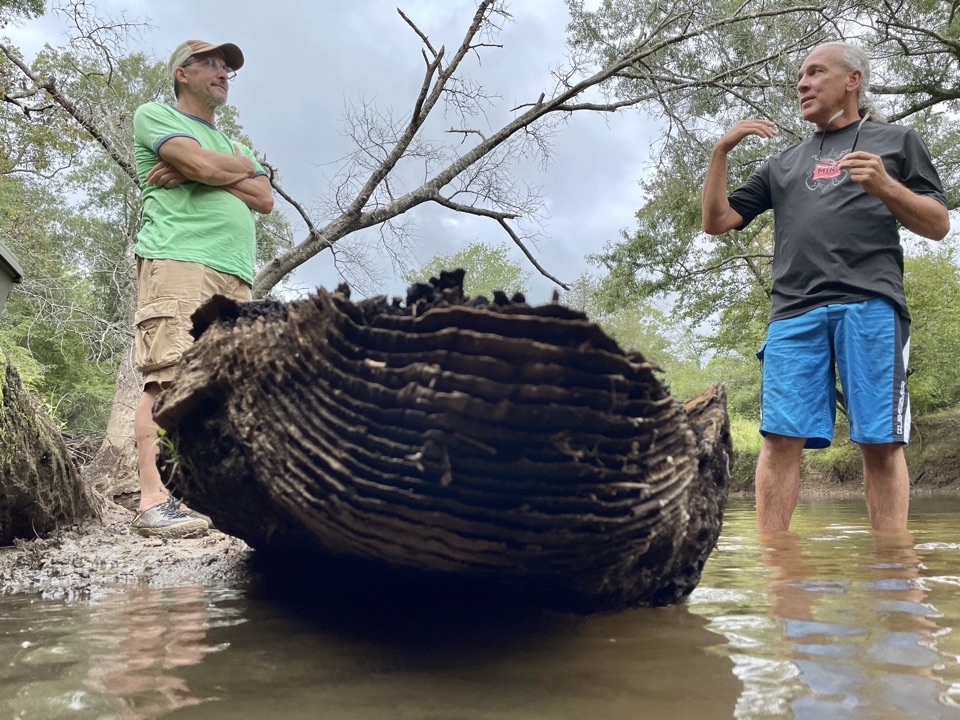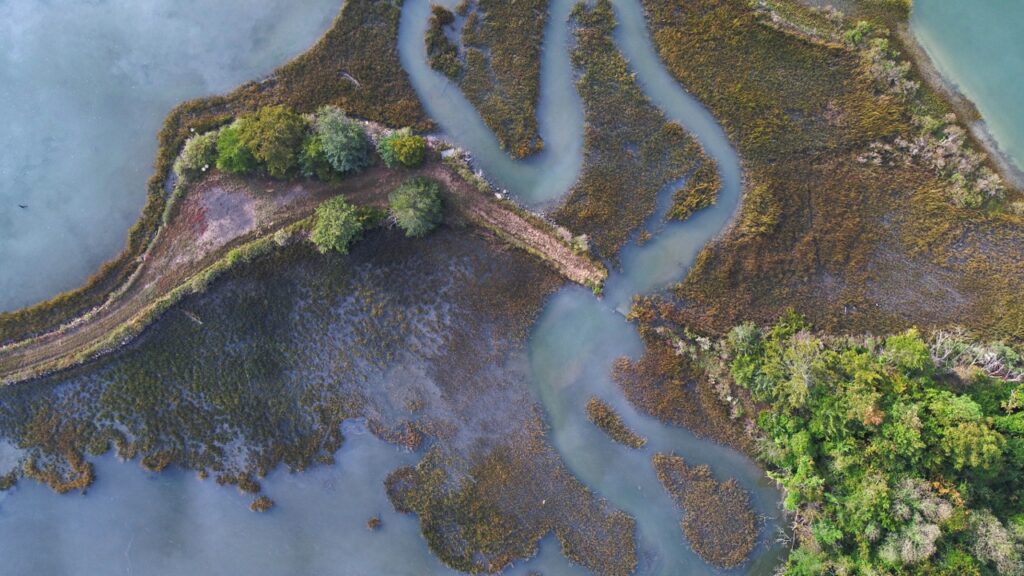Virginia Department of Historic Resources
DHR is Virginia’s State Historic Preservation Office, an agency within the Secretariat of Natural and Historic Resources. Our programs support historic preservation and archaeology throughout the Commonwealth. We identify historic places, educate the public, connect communities with their histories, and equip Virginians with the tools to foster historic preservation.
Notice of Intent to Relocate Graves
Courthouse West has determined that disturbance of the Gallahan-Lunsford Cemetery in Stafford County cannot be avoided due to planned development of the parcel as a whole. Pursuant to the requirements of VA Code §10.1-2305, Courthouse West has applied for a burial permit through the Virginia Department of Historic Resources (DHR) to allow the archaeological excavation and relocation of the aforementioned cemetery. Public comments on this project should be made in writing and submitted by the close of business on August 22, 2024.
The Omni Homestead Resort
Virginia’s Historic Rehabilitation Tax Credit (HRTC) program has played an essential role in the restoration of some of the most iconic hotels and resorts throughout the state, including the Omni Homestead Resort.
Historical Marker: Mary Wingfield Scott (1895-1983)
On April 24, 2023, a state historical marker was dedicated in Richmond for Mary Wingfield Scott, the pioneering preservationist best known for her work to document and advocate for the rehabilitation and reuse of the city's historic buildings. The marker was erected in front of the Linden Row Inn, which is comprised of the houses that Wingfield Scott saved from demolition in the 1950s. To read more about DHR's historical highway marker program, check out the link below.
Enabling the Future of Historic Preservation
Our mission is to foster, encourage, and support the stewardship of Virginia’s significant historic architectural, archaeological, and cultural resources. Our programs and services are designed to empower others to further the significance of historic places and their role in shaping Virginia today.
The Department of Historic Resources, the Board of Historic Resources, and the State Review Board acknowledge the indigenous peoples of Virginia and express its gratitude for their continued stewardship of her lands and waterways over many generations. We also acknowledge the free and enslaved Africans and their descendants whose labors and contributions on behalf of the Commonwealth have long been overlooked. We commit ourselves to meaningful engagement with all Virginians, past and present, as we strive to fulfill our charge as stewards of Virginia’s long and rich history.
DHR PROGRAMS
Research & Identify
DHR plays a critical role in research and identification related to historic preservation and archaeology. Through its research efforts, DHR provides valuable information and resources to support the identification, evaluation, and protection of historic sites and resources. DHR’s identification programs provide a foundation for preservation efforts, while its research initiatives help to inform and guide those efforts, promoting a greater understanding and appreciation of Virginia’s unique history and culture.


Preserve & Protect
DHR is committed to preserving and protecting Virginia’s historic and cultural resources. Through its programs, DHR promotes stewardship of historic sites and structures for future generations. DHR focuses on providing technical assistance to individuals, organizations and agencies engaged in historic preservation.


